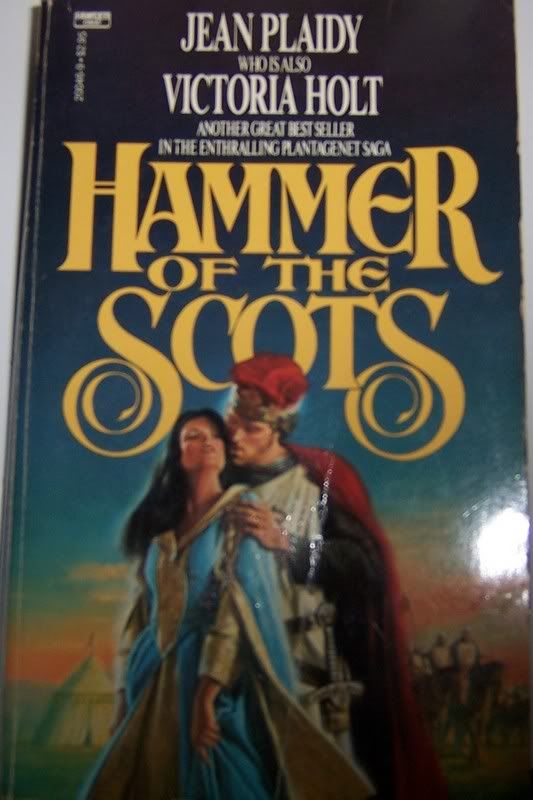I finished reading Plaidy's
The Pleasures of Love, about Catherine of Braganza, wife to Charles II, yesterday. I'd say it was one of the better Plaidys I've read.
Catherine, of course, was obligated to tolerate Charles II's many mistresses and, worse yet, watch as they bore her husband child after child while she suffered miscarriages. Nonetheless, the couple were fond of each other and grew closer in adversity. As a Catholic in a Protestant country, Catherine was a perennial outsider and an easy target for the disaffected, especially when it became apparent that she was unlikely to produce an heir to the throne.
It's a tribute to Plaidy's skill that both Charles and Catherine come off as sympathetic characters, as it would be all too easy to fall into the trap of making Charles a lecherous jerk or Catherine a colorless dishcloth. Instead, Charles's charm is readily apparent here, and though Catherine (the narrator) lacks his wit and magnetic personality, and is more an observer of events than a participant in them, she still is an attractive character, making the best of her circumstances and seldom yielding to self-pity. The relationship between the royal couple, complicated as it is by the other women in Charles's life, is a visibly affectionate one.
It's interesting to compare this book with Doris Leslie's
The Sceptre and the Rose, also about Catherine. Leslie's book covers most of the same events that Plaidy does but uses a third-person omniscient narrator; she's also quite sympathetic to both Catherine and Charles. She has a jauntier writing style than Plaidy and spends more time in sketching character (her Barbara Villiers is a memorably nasty specimen), but Plaidy's narrative is a little easier to follow, especially for someone (like me) not all that familiar with the history of the period. Both, though, are well worth reading.
Neither book spends much time on the period after Charles II's death, although Plaidy does devote a few pages to Catherine's precarious position in the reign of William and Mary and to her return to Portugal, where she served as her brother's regent for a while. It's a pity that there's not more on the latter episode, for it seems to have been a time where Catherine was able to demonstrate the strength and intelligence that were overshadowed during her stay in England.
An enjoyable book about a queen exhibiting grace under pressure.



